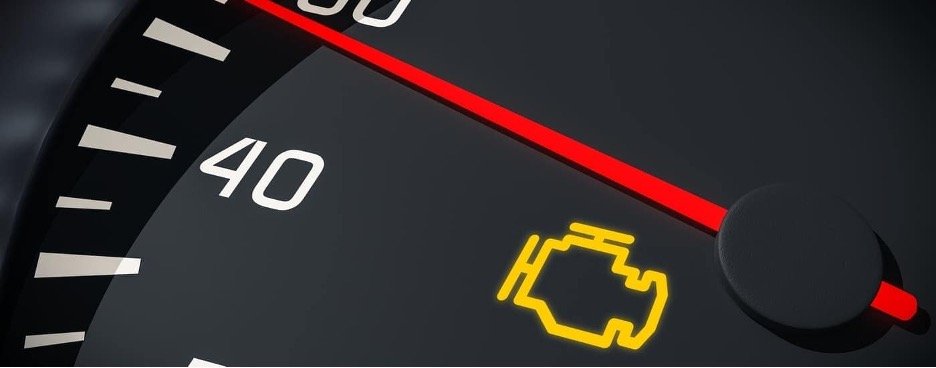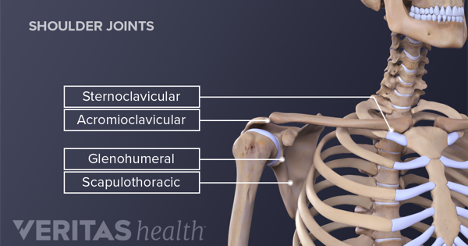The Shoulder: Fore Joints or One?
By: Dr. Michael S. Edwards, PT, DPT
6-7 minute read
The shoulder is one of my favorite body regions to treat, along with the spine and hip. What do all of these joints have in common? They play a huge role in rotational movements and therefore are essential for everyday function and especially for playing golf.
The shoulder, like the hip, is a ball-in-socket joint that has many degrees of freedom and is an extremely functional joint meaning that it plays a significant role in our ability to successfully perform functional tasks.
Think about it for a second.
Below you will find:
The three planes of movement the shoulder moves in
What that movement pattern means
What activities require that movement pattern
Sagittal plane: front to back
Flexion - raising your arm overhead
Activities include reaching overhead to wash your hair, grabbing something out of your cabinet or closet, changing a lightbulb, etc.
Extension - reaching your arm behind you
Activities include reaching behind your back such as tucking your shirt in, putting your belt through a loop, scratching your back, reaching into the back seat of the car while driving, etc.
Frontal plane: side-to-side
Horizontal adduction - moving your arm across your body
Activities include bathing, taking off your shirt, flossing (the dance move), or giving the occasional right hook!
Horizontal abduction - moving your arm away from your body
Activities include washing your hair, throwing a ball, setting the club at the top of your swing, reaching into the backseat of your car, and yes, flossing and winding up for that right hook!
Transverse plane: rotational movements
Internal rotation - moving your arm internally in relation to your shoulder
Activities include turning your steering wheel, reaching behind your back, and swinging a golf club.
External rotation - moving your arm externally in relation to your shoulder
Activities include scratching the back of your head, combing your hair, reaching into the backseat of your car, reaching out the window at the drive thru, swinging a golf club.
I hope you were able to connect the dots here and see how each movement pattern correlates to some functional movement and task.
Treating the shoulder, like treating the body, is like solving a puzzle. Actually, as I was writing this portion of the blog, I was sitting waiting for my car to get serviced. It was time for my routine maintenance… an oil change and the tires rotated.
It’s fascinating the correlation between a physical therapist and a car mechanic. We both are looking to diagnose a problem, list potential problems that could occur in the future, and/or perform maintenance work to prevent those problems from occurring. It’s crucial to service and care for your car and body to prevent problems from occurring down the road.
One fascinating thing about the shoulder, and probably is true in the mechanics world too, is that the location of your symptoms often isn’t due to where the symptoms are.
For example, pain in the front of “the shoulder” often isn’t the underlying source of your symptoms, but rather your thoracic spine and/or scapula/shoulder blade is. Pain serves as the “check engine light” indicating that further evaluation is needed, sooner than later, to figure out where the problem is originating from and to prevent further issues down the road.
I put “the shoulder” in parenthesis because people often think of the shoulder as the area above the arm and technically, they are not wrong. However, the shoulder is actually made up of 4 joints:
Sternoclavicular joint – the collarbone connecting to your chest bone (sternum)
Acromioclavicular joint – the collar bone connecting to your acromion which is an extension of your scapula/shoulder blade
Glenohumeral joint – “the ball and socket joint.” The ball is the upper portion of your arm bone, your humerus, which connects to the socket of your shoulder blade.
Scapulothoracic joint – the shoulder blade sitting on the rib cage.
I hope this graphic gives you a solid visual of each of the 4 joints that make up the shoulder and how they are all interconnected.
Which one is the most important?
Well, they are all important and play a pivotal role in shoulder function. However, the scapula/shoulder blade plays the most important role.
Why?
It’s simple. Think of your shoulder blade as the foundation from which all the other joints move upon. If there are problems with your shoulder blade such as stiffness, tightness, or if it is tilted anteriorly (forward) then these all will impact shoulder function.
For example, round your shoulders and then try raising your arms overhead as high as you can and see how far you’re able to go. Now, sit up tall and do the same thing and notice the difference in how high you are able to raise your arm overhead. The reason for this difference simply is your scapula position. The ability to raise your arm overhead is directly related to the position of your shoulder blade. If it’s tilted forward, often due to poor posture, then it decreases the space the humeral head has to move in the ball and socket joint thereby limiting how far you’re able to raise your arm.
Therefore, when I am helping people with shoulder pain you better believe I’m addressing scapulothoracic joint mobility and posture! Refer back to my “Posture, Posture, Posture!” article to learn why “posture changes everything!”
I hope this blog gave you a better understanding of and appreciation for the shoulder.
So, next time you’re having any shoulder pain think first about improving your posture. That’s often the easy one. Furthermore, think about improving your scapulothoracic joint mobility. Don’t know how to do that and want to learn how? Reach out to me! I’d love to be your guide towards helping you get out of pain and get you back to doing the little things we all take for granted every day. Oh, and did I mention getting back to playing golf!?
If this is you, or you know someone who is dealing with shoulder pain, then don’t hesitate to reach out!
Give me a call today at 401-864-0112 or go to www.shoregolfperformance.com to learn more!
Invest in yourself today!
Until next time, take care and God Bless!

